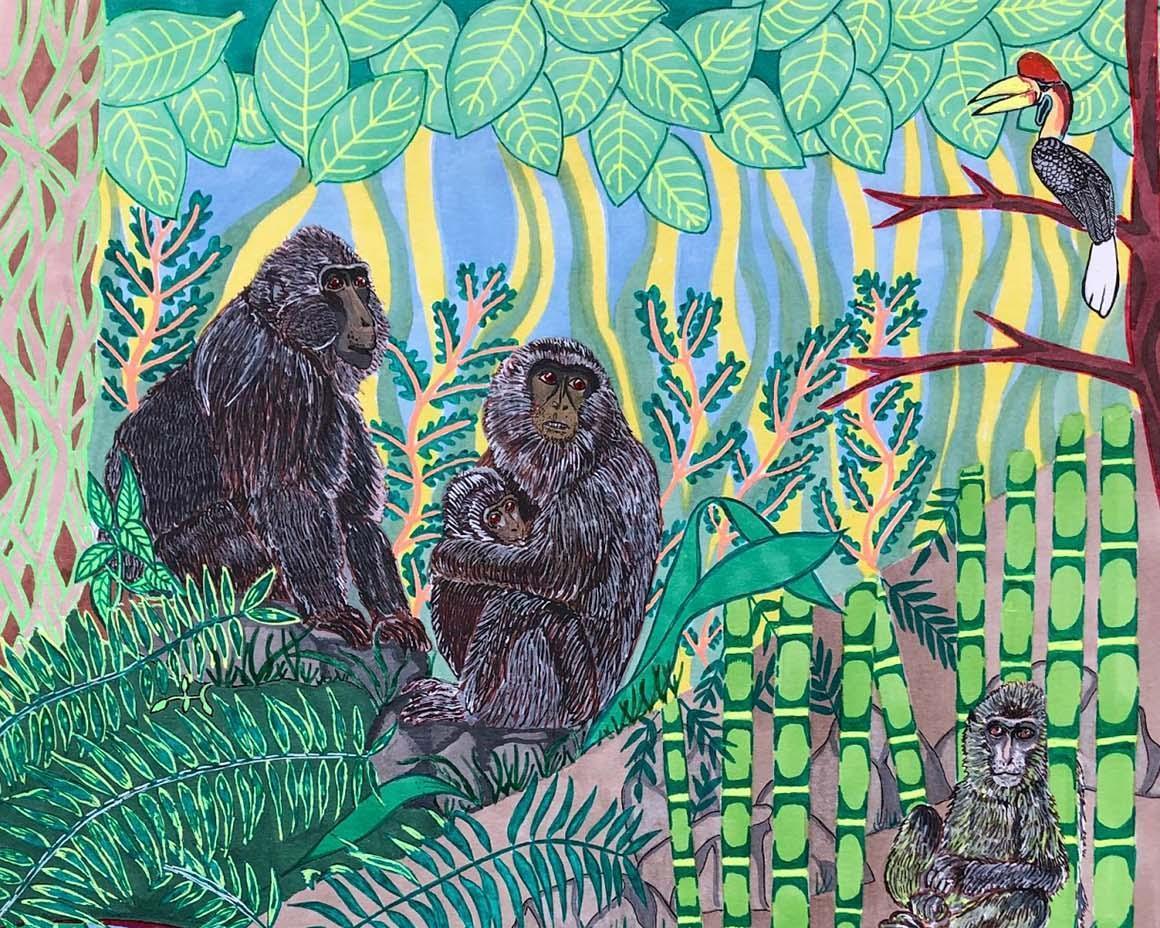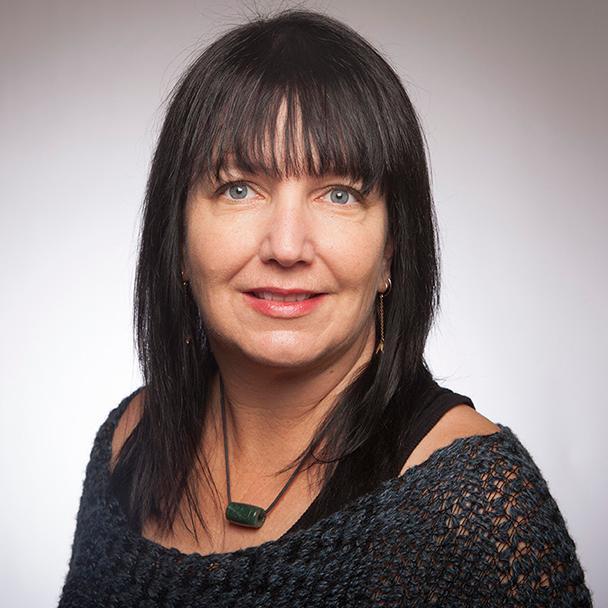
When Work Is No Longer Work
by Michelle Bezanson
The prompt for this blog series is “what work changed you in 2020?” I think that work changes us when we no longer view the task in front of us as work. When we can wake up in the morning thinking about how great it will be to accomplish the goal. When we go for a walk and our thoughts drift to creative ideas about how to move forward. When we fantasize about the finished product.
While these thoughts are not unique to the arts and humanities, I think it has been the artistic part of my brain that has allowed me to think excitedly and fantastically about my work each day. The pandemic has allowed clearer and deeper thinking about the importance of creativity both in my life and in my student’s lives. For example, during the pandemic, I have integrated creative opportunities into assignments in order to provide different kinds of learning modes for students stuck at home. It provided a chance to share more meaningful work and for us to get to know each other better in the absence of face to face learning.

Moor macaques (Macaca maura) who forage and live in both forested and anthropogenic environments. This shows that they crop forage on maize. Conservation status: Endangered.
I was an art major for a year in undergrad. A couple of bad experiences coupled with interest in the sciences turned me away from considering a career focused on illustration. I continued some art on the side (and under the table) throughout undergrad, grad school, and pre-tenure times at Santa Clara University. The confidence of tenure brought some new goals as I considered how I might better integrate art and science to communicate to a wider audience than my published papers. New data projects began by sketching out a cool figure or idea which served to flesh out the scientific story with more nuance. It also led to reaching broader audiences. Then I started working on a children’s book about primates.

Philippine tarsier (Carlito syrichta), a nocturnal primate that forages on insects camouflaged in the leaves. Conservation status: Near Threatened.
Illustrating a children’s book takes more time than I could have imagined. I have had great support, such as a course release and a summer stipend. But creating 30 11x14 detailed primate prints is time consuming. Thinking about and creating these illustrations has contributed to how I teach during this pandemic. I have opened up many assignments to allow creative presentation. I have pushed my students to think about their talents and interests rather than disciplinary boundaries. For example, in a class with first-year students, the majority of whom are business and engineering majors. I encouraged students to present the truth about a course concept (e.g., IQ, mental health, race/racism, gender, ability, performance, etc.) by drawing, singing, writing a poem, or any other creative submission. I encouraged them to step out of their comfort zone and think beyond the final grade.
The pandemic has also pushed me to read more about the artistic process. In the book How To Write One Song, Jeff Tweedy (of the band, Wilco) writes that the distorted approach of what we want to be is hammered into us throughout early life when it would be better to think about what we want to do. So, during this pandemic, I have decided that what I want to do is move my disciplines toward more artistic presentation.

White-handed gibbons (Hylobates lar), a small ape that can be observed high in the forest canopy in Southern and Southeast Asia. Conservation status: Endangered.
Time during the pandemic has been slippery and sleazy. One minute it seems like we will never get out of this and the next moment, suddenly a year has gone by. The minutes in the day seem never ending (unless we are on a deadline). The minutes of the night seem long and interrupted. Illustration has allowed me to disappear into ideas and to focus better. This focus has seeped into my other activities and I believe I have learned to make better use of time. All of this has brought a new confidence. A confidence that my work can matter more if I bring art into it.
I was talking with my mother about a book review I completed recently. Instead of writing the book review, I decided to draw it. My mother said ‘Wow, you are going back to your first year of high school now, aren’t you?’. I had forgotten that I once illustrated all of the answers to an exam in my English class. I had also forgotten that as a child my goal was to become a children’s book writer and illustrator. I guess the pandemic work has taught me that I am doing good work and that I actually had pretty similar goals growing up as I do now.

Red ruffed lemur (Varecia rubra) of Madagascar. Find the flat-tailed geckos blending into the tree trunks. Conservation status: Critically Endangered.
I want to end this with a quote by Jeff Tweedy:
“...I think actually setting aside time to spend in the creative state---especially when I see how much time people spend on their phones—is something you can do every day. I think this suggestion is valuable even for the people who juggle a mind-numbing load of obligations, to their kids, to their work, to whatever else is important in their life. Even if you can only find five minutes---it doesn’t take that long. It’s just a matter of telling yourself that your creation is ok, no matter what it is.” p. 21, How to Write One Song>.
It also doesn’t hurt to listen to some good music each day!
